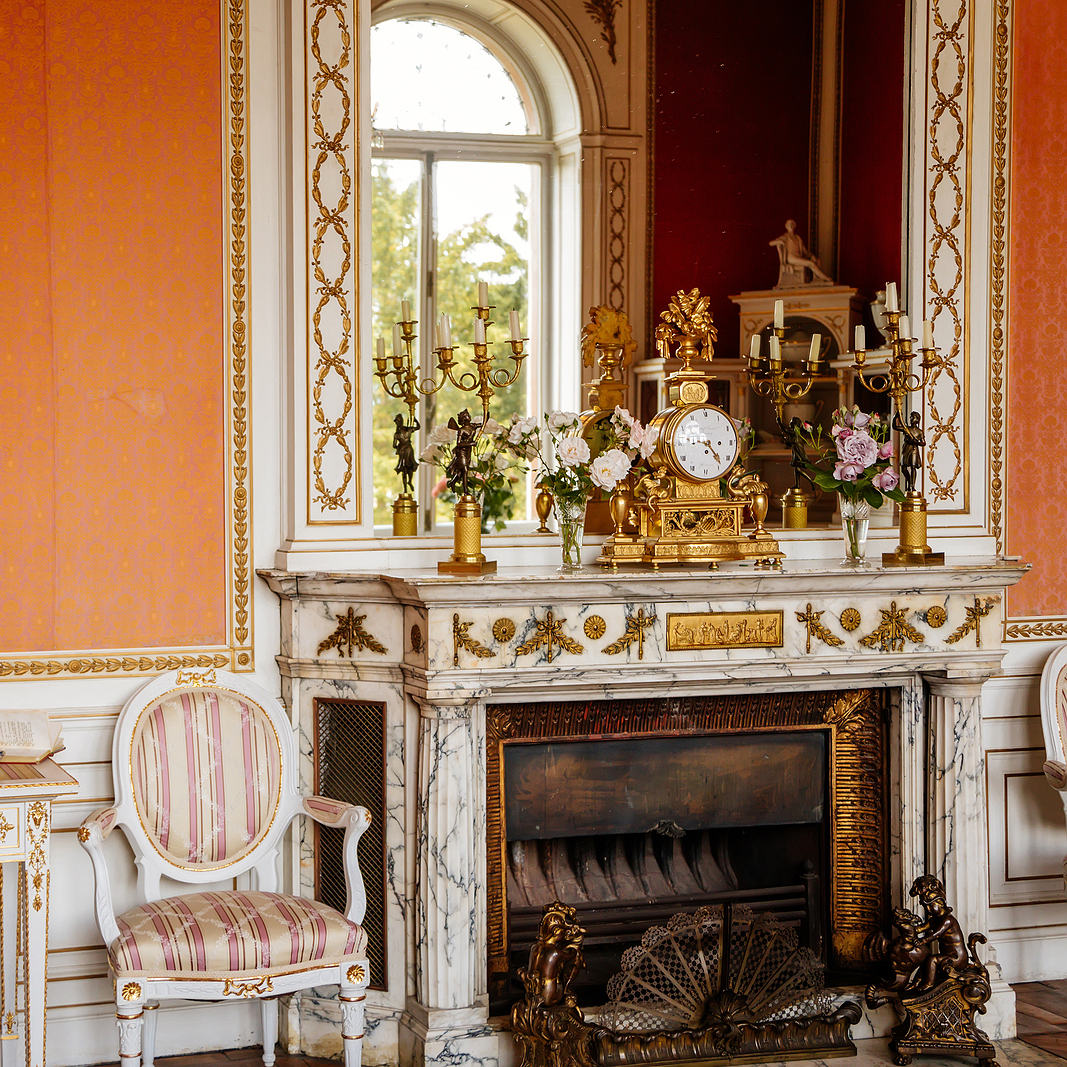While less complicated than shipping three-dimensional glass or ceramic objects, shipping flat glass surfaces poses unique challenges. In the world of fine art, paintings on glass are rare, but those are often extremely delicate in nature. Glass does not offer good adherence for substances such as paint. With temperature and humidity changes, paint adhered to glass is prone to flaking. Mirrors by their nature are like artworks on glass, with a reflective surface acting like set paint, and the act of shipping mirrors, especially of artistic and historical value, can be treated as an act of shipping a glass-based fine art piece.
The Challenges of Shipping Mirrors
Mirrors come in all varieties, but with the exception of metallic mirrors, the general principle in making a mirror is to have a glass with a reflective substance adhered to the back. In modern times, aluminum is the preferred substance. Historically, tin-mercury amalgam was used as a reflective substance. This was a dangerous chemical, but its usage was discontinued only in the early twentieth century. However, storing and shipping mirrors with such antique backing does not pose any danger.
Regardless of the reflective material, mirrors over time can suffer from what is called "de-silvering" — flaking or cracking of set reflective layer. Despite the presence of the word "silver" in the term — this applies to both aluminum- and tin-mercury-based mirrors — actual silver is rarely used in mirror production. The main cause of de-silvering is the permeation of moisture between the reflective layer and glass. This is why de-silvering often begins at the edges and might come as a result of improper storing or shipping mirrors.
Frames, some of which can be as delicate as antique frames of canvas-based artworks, are an additional challenge. The vibration of improperly secured frames might result in scratching the reflective surface of the mirror. Conservation of mirrors is as delicate as conservation of glass-backed artworks, and very few specialists, even in the countries such as the US, are familiar with the technique. Re-silvering necessary for conservation might require full replacement of the reflective layer, a costly and difficult operation. Hence, for proper antique mirrors, it's better to prevent issues that might come with improper storage or shipping. This is why we'd recommend that you contact a professional in regards to shipping mirrors.
